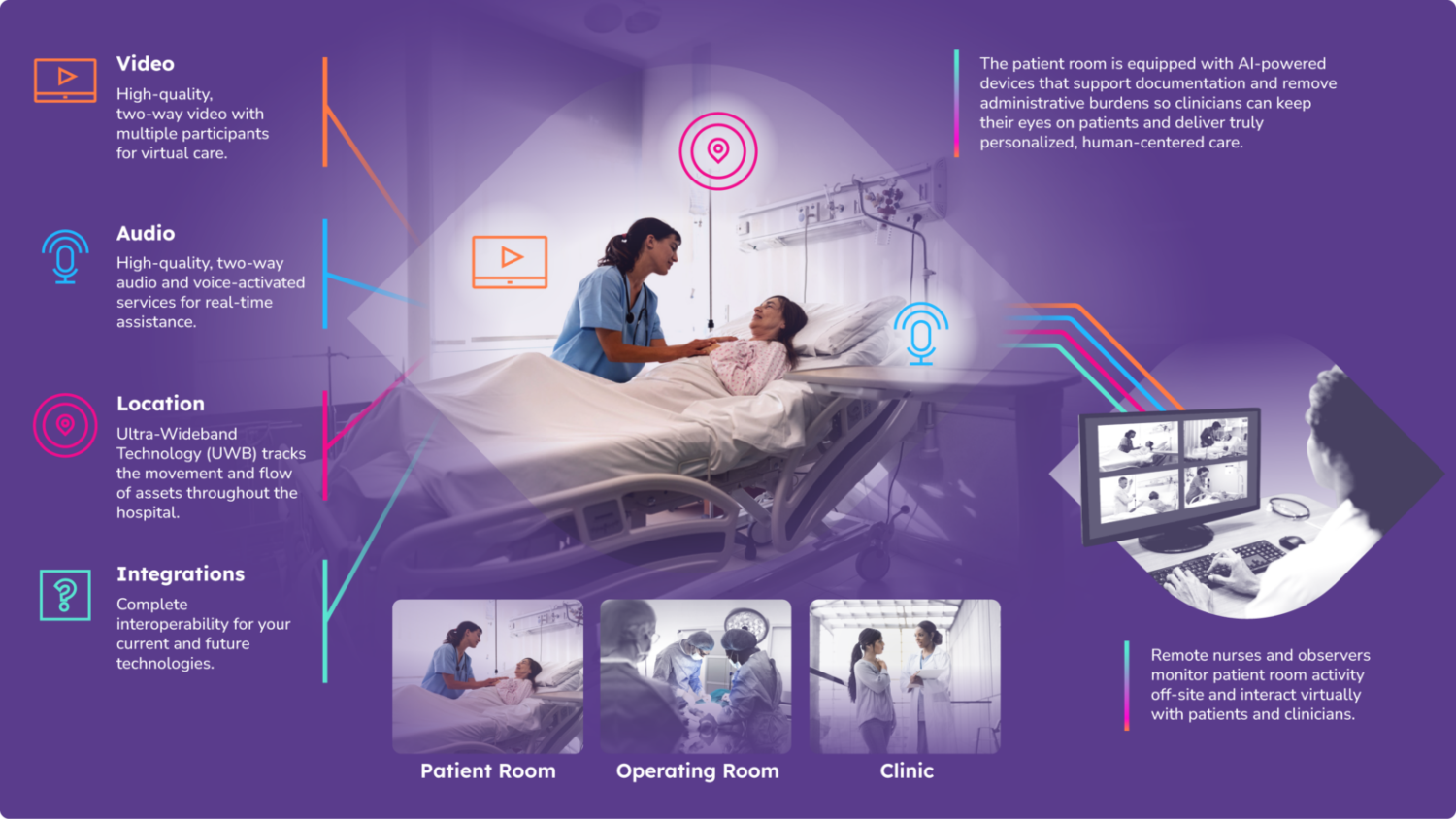
What You Should Know:
– Artisight launches Voice-Activated Interpreters on the company’s leading Smart Hospital Platform, enabling clinicians to seamlessly communicate with patients in hundreds of languages.
– The technology provides around-the-clock access to thousands of medical interpreters in more than 240 languages, including American Sign Language, all within seconds. The advancement was launched in collaboration with LanguageLine Solutions, a leading provider of on-demand language access.
Bridging Language Barriers for Improved Patient Care
The need for on-demand medical interpretation is enormous, as one in five U.S. residents speaks a language other than English at home. Studies show that Limited English Proficiency (LEP) patients are 25% less likely to receive preventive care services and 50% more likely to experience adverse health outcomes compared to English-speaking patients.
On-demand interpretation bridges language and cultural barriers, leading to improved diagnoses, better treatment-plan adherence, and enhanced medical outcomes. Language access has also been shown to dramatically increase staff efficiency.
Seamless Integration and Operational Efficiency
Clinicians can now instantly access interpreters during a patient encounter with a simple verbal cue. For example, providers can say “OK Artisight – Spanish Interpreter,” and an interpreter will appear on the Artisight-connected TV. This technology is compatible with any translation service used by hospitals.
The Voice-Activated Interpreter is now available at hundreds of hospitals already using Artisight’s Smart Hospital Platform. Remote Artisight caregivers also have on-demand access to LanguageLine audio and video interpretation, allowing seamless language support regardless of their physical location.
“For the first time, clinicians can bring an interpreter in the room with a voice command,” said Dr. Andrew Gostine, chief executive officer and co-founder of Artisight. “This is another example of how we’re building the infrastructure to bring advanced technology into hospitals, eliminating friction for clinicians and patients at the bedside.”

